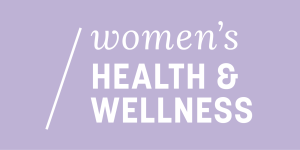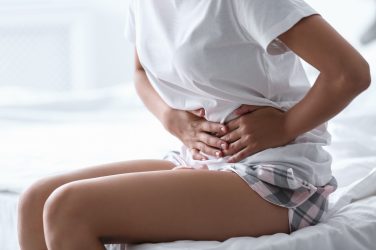
By Annette Brooks
Menopause is no picnic for most women. The transition to post-menopause can take years,
sometimes more than a decade. Symptoms can last into post-menopause, and new issues appear. That’s why women are partnering closely with their healthcare providers to seek relief, maintain overall good health, and nurture their sense of well-being throughout menopause and beyond.
Natural menopause generally begins with perimenopause and lasts from two to 10 years — with the average transition taking around four years.
Perimenopause – Sex hormone levels usually peak in a woman’s 20s and then decline slowly. The natural transition from child-bearing years to menopause occurs during perimenopause. During this phase, a woman’s ovaries begin producing increasingly less estrogen, but ovulation continues to occur, making it possible to become pregnant during perimenopause.
Some women go through the transition with few to no symptoms. Many, however, experience symptoms that profoundly affect their quality of life. They include irregular periods, insomnia, lower libido, worsening PMS (premenstrual syndrome), hot flashes, chills, vaginal dryness, fatigue, and mood swings, to name a few.
This life-altering cocktail of symptoms can worsen as the perimenopause phase progresses into menopause. Lack of restful sleep, moodiness, brain fog, irritability, painful intercourse, hot flashes, and sometimes chills at all hours of the day and night are difficult to endure for months or years on end.
Menopause – True menopause is the 12 months after a woman’s last period. Symptoms experienced during perimenopause persist and may worsen during this phase, including chronic night sweats, weight gain, and slowed metabolism.
Post-Menopause – This stage will last until the end of life. Many peri- and menopausal symptoms may ease, and some will likely disappear, but other health issues can arise, such as osteoporosis, heart disease, diabetes, and cancer.
Talk with your doctors about the best ways to combat menopause symptoms. Lifestyle changes such as exercise, limiting alcohol consumption, maintaining a healthy weight, not smoking, and regulating sleep habits usually help. Dietary changes, including increased consumption of foods high in phytoestrogens, such as soy products and edamame, and taking supplements like black cohosh, red clover, evening primrose, and St. John’s wort may also help. Medical treatments include prescription hormone replacement therapy and plant-based bioidentical hormone replacement therapy. Talk with your doctor about which hormone replacement therapy may be right for you.
It’s easy to feel desperate for relief from menopause symptoms but always check with your doctor before taking any new vitamin, herbal supplement, or over-the-counter hormone product.
DID YOU KNOW?
- Menopause — the permanent ending of menstruation — occurs in the US around age 51.
- Menopause before age 45 is called early menopause.
- Menopause at age 40 or younger is considered premature menopause.
- A woman’s body continues to produce estrogen after menopause. Androgens produced by the adrenal glands are converted into estrogen.










